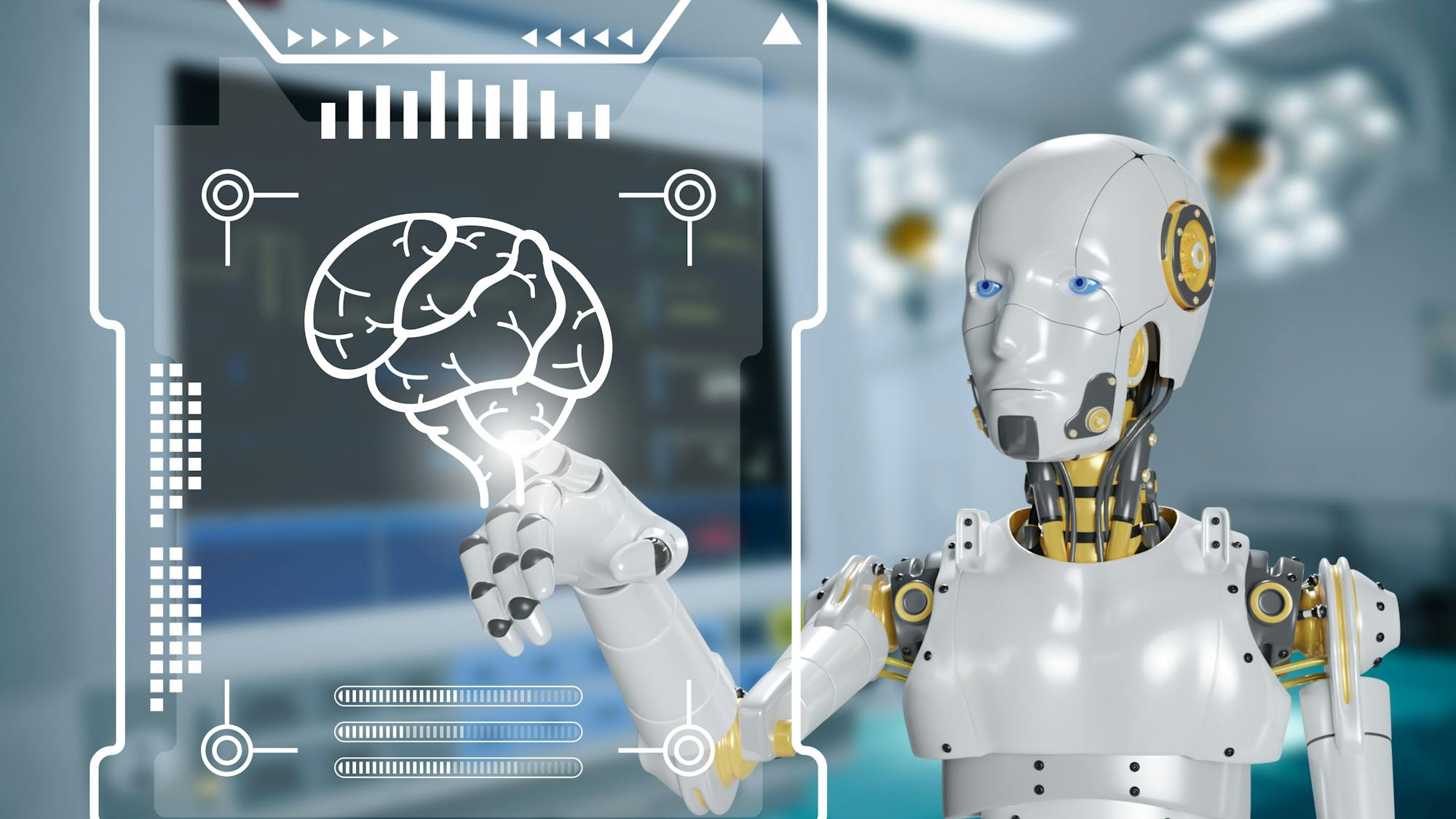AI's Potential to Save Lives and Money in Healthcare Won't Happen Overnight

The Promise and Challenges of AI in Healthcare
Imagine walking into your doctor’s office feeling unwell, only to have your physician instantly access your health records, genetic profile, and data from wearable devices to quickly determine what’s wrong with you. This scenario represents the future that artificial intelligence (AI) promises for healthcare—a future where diagnoses are faster, more accurate, and personalized.
Proponents of AI in healthcare argue that the technology could save millions of lives over the coming decades. A 2023 study estimated that increased use of AI in the healthcare sector could lead to annual savings of up to $360 billion. However, despite its potential, the impact of AI on healthcare has been relatively modest so far.
A 2024 survey by the American Medical Association found that 66% of U.S. physicians had used AI tools in some capacity, up from 38% in 2023. Most of this usage has been limited to administrative tasks or low-risk support. While 43% of U.S. healthcare organizations had expanded their use of AI in 2024, many implementations remain exploratory, especially when it comes to medical decisions and diagnoses.
As a professor and researcher who studies AI and healthcare analytics, I’ve observed that the growth of AI in medicine will be gradual. Technical limitations and ethical concerns continue to hinder widespread adoption.
Potential Benefits of AI in Healthcare
AI excels at identifying patterns in large datasets. In medicine, these patterns can reveal early signs of disease that might be missed by human doctors, or suggest the most effective treatment options based on how similar patients responded. This could lead to faster, more accurate diagnoses and more personalized care.
In addition, AI can help hospitals operate more efficiently. By analyzing workflows, predicting staffing needs, and optimizing surgery schedules, AI can ensure that resources like operating rooms are used effectively. This can free up healthcare professionals to focus more on direct patient care.
However, AI is not without its challenges.
Limitations and Risks of AI in Healthcare
One major issue is that AI can make mistakes. These systems are trained on real-world patient data, but they may struggle when encountering unusual cases or data that doesn’t match the patient in front of them. This phenomenon, known as algorithmic drift, means that AI systems may perform well in controlled settings but lose accuracy in real-world situations.
Another concern is racial and ethnic bias. If the training data lacks diversity, AI systems may produce inaccurate recommendations for certain groups. There is evidence that this has already occurred in some cases, leading to misdiagnoses and disparities in care.
Data-Sharing Concerns and Ethical Issues
Healthcare systems are complex, and integrating AI into existing workflows presents significant challenges. Introducing new technologies disrupts daily routines, requiring staff to undergo additional training. Many hospitals and clinics lack the time, personnel, money, or willingness to implement AI effectively.
Moreover, many AI systems operate as "black boxes," meaning their decision-making processes are not transparent. Even developers may struggle to explain how these systems arrive at their conclusions. This lack of transparency raises concerns among healthcare professionals and can slow down regulatory approvals and erode trust in AI outputs.
Privacy is another critical issue. AI systems often require large amounts of patient data to function, which can pose risks to confidentiality if not handled properly. Regulations such as the Health Insurance Portability and Accountability Act (HIPAA) impose strict rules on data sharing, making robust safeguards essential.
Unrealistic Expectations and the Road Ahead
The grand promise of AI in healthcare is both its greatest strength and its biggest barrier. Public expectations are high, often portraying AI as a magical solution that can diagnose any disease overnight. Such unrealistic assumptions can lead to disappointment when AI fails to deliver immediate results.
Developing an AI system that works well involves a lot of trial and error. Rigorous testing is required to ensure safety and effectiveness, which can take years. Even after approval, adjustments may be needed as the system encounters new data and real-world scenarios.
Current Applications and Future Outlook
Today, hospitals are increasingly adopting AI scribes that automatically draft clinical notes during patient visits, reducing paperwork and allowing physicians to spend more time with patients. Surveys show that over 20% of physicians now use AI for writing progress notes or discharge summaries.
AI is also becoming a key player in administrative tasks, with chatbots handling appointment scheduling, triaging common questions, and translating languages in real time.
In clinical settings, AI is used as a second opinion for radiologists looking for early signs of disease. However, physicians remain hesitant to fully rely on AI for diagnostic decisions. Only about 12% of physicians currently depend on AI for diagnostic help.
Overall, the transition to AI in healthcare will be incremental. Emerging technologies need time to mature, and the short-term needs of the industry still outweigh long-term gains. Despite the challenges, the potential of AI to treat millions and save trillions remains a powerful vision for the future.
Post a Comment for "AI's Potential to Save Lives and Money in Healthcare Won't Happen Overnight"
Post a Comment